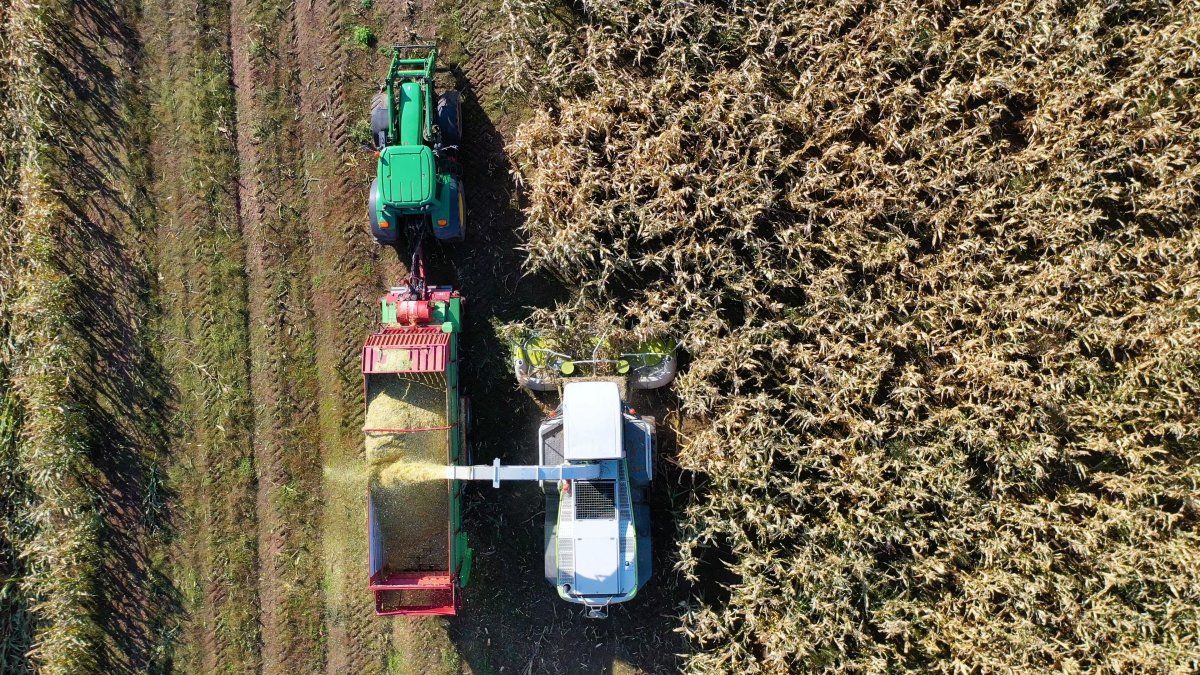Now, productive performance is at risk and the main stock exchange entities predict a probable drop in yields.
Until last week, the Rosario entity highlighted that “There should be between 15 and 20 mm of rain to protect the corn crops and prevent the wheat from losing further yield potential” since at present, the surface area in drought conditions is greater than that recorded a year ago.
The private relaxations that he was able to access Scope They indicate that the deficit situation has become more complex in the centre and west of Entre Ríos and almost all of Santa Fe, where the reserves mostly show drought values. In fact, if a vertical line is drawn in the central area, at the height of Bragado or Junín, everything that remains marked to the west is a region that desperately needs water. And it needs it soon.
The water shortage in the region is very serious and is worsening towards the west. There, if we compare the water reserves in the soil (for the 1st meter) and the reference consumption of a grass meadow, a year ago the drought covered 42% of the area, while now it extends over 54% of the core region.
Is the campaign in danger?
The Buenos Aires Grain Exchange reported in its latest Weekly Agricultural Overview that “The progress of corn planting work has reached 7.1%, thanks to the planting of plots in the center and south of Santa Fe, southwest of Entre Ríos and northeast of Buenos Aires”However, to complete the planting schedule of 6.3 MHa, it will be essential to have more rainfall and monitor the evolution of Dalbulus maidis populations.
In the core area alone, 810,000 hectares remain to be planted, for which 15 to 20 mm are needed to ensure emergencies and for the corn to sprout well. In general, the north of Buenos Aires is the most affected area, but the positive aspect of the situation is that there is still time to plant the cereal, since there were practically no cases of stunting in the region.
As for wheat, the Buenos Aires Stock Exchange highlighted that the condition of the crop fell by 5.4 percentage points not only due to the lack of rain, but also due to the increase in temperatures, which accelerated both the growth and development of the cereal. The most affected sectors are located on the northern and western margins of the agricultural area.
In this sense, the Rosario entity detailed that “There are 50,000 hectares of bad land and almost 200,000 hectares of regular land” He also stressed that at least 15 to 20 mm are needed for wheat to continue its good yield path in the east and for deterioration to stop in the west.
field retentions grains corn
Depositphotos
La Niña will be felt during the thick campaign
In the last few hours, the Rosario Stock Exchange made an estimate of yields for the 2024/25 campaign and warned that “With normal weather conditions, grain production would exceed 143 million tons, 9.3% more than last season”This is a projection based on the most basic models, but in reality the BCR carried out another – much more realistic – work in which more adjusted yields are assumed in the face of the current moisture deficit.
As for the first estimate, growth is driven by a strong intention to plant soybeans, which would cover 17.7 million hectares, 8% more than last year. However, corn, which faced climatic and phytosanitary challenges, would reduce its planted area by 21%. Undoubtedly, the hectares that abandon cereal crops would be converted to oilseeds.
These estimates are based on normal weather conditions, but given the current reality, there will undoubtedly be cuts and changes in production strategies. The lack of rain will force a reconsideration of agricultural plans week after week, which means that – according to the realistic estimate – total national production will fall to 128.8 million tons, 2% below the previous campaign.
The agency warned that “this is a conservative scenario, based on the fact that the soil is not able to express its full potential as a result of the relative scarcity of water.” Thus, the largest drops in yield would be recorded in soybean and corn crops, whose production projections would be reduced by 6.6% and 4.4%, respectively. In the case of soybeans, production would fall to 49.6 million tons, while corn would reach 47.6 million tons. Other crops would also experience significant adjustments in their yields, which would affect global production expectations.
Productive impact on agricultural income
If the climate scenario changes – something that is highly unlikely – exports of grains, oils and by-products could reach the third highest volume in history. According to the work carried out by the BCR “Exports are expected to reach 101.5 million tons” which at current values, would generate an income of US$ 35.5 billion.
On the other hand, under a scenario adjusted for water deficit, the value of exports would be reduced to 32.6 billion dollars, which would represent an increase of 6% compared to the previous campaign, but 1% below the average of the last three years.
Source: Ambito
I am a 24-year-old writer and journalist who has been working in the news industry for the past two years. I write primarily about market news, so if you’re looking for insights into what’s going on in the stock market or economic indicators, you’ve come to the right place. I also dabble in writing articles on lifestyle trends and pop culture news.



